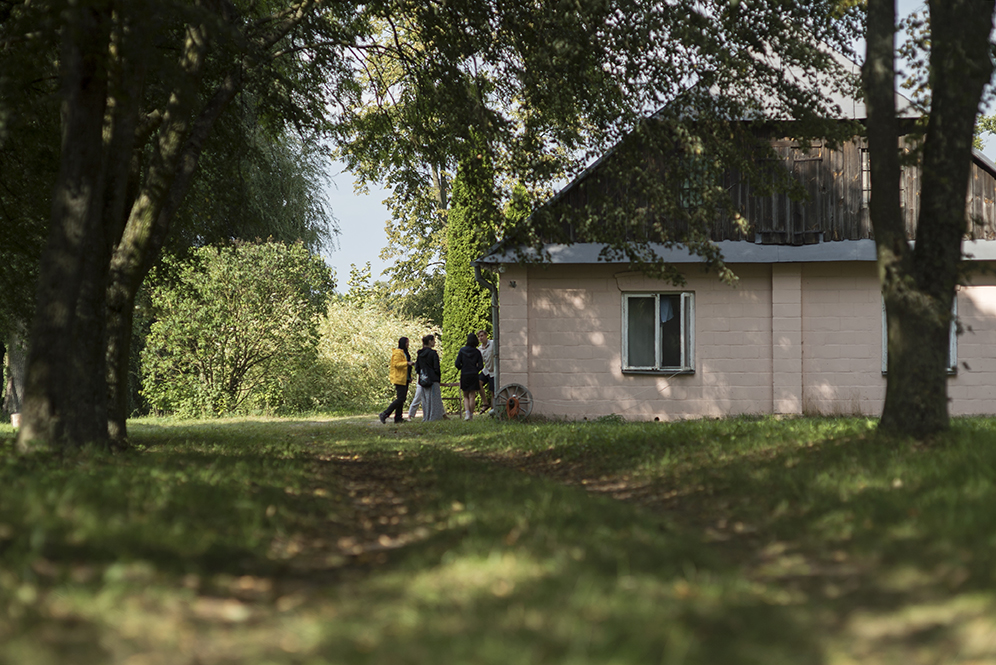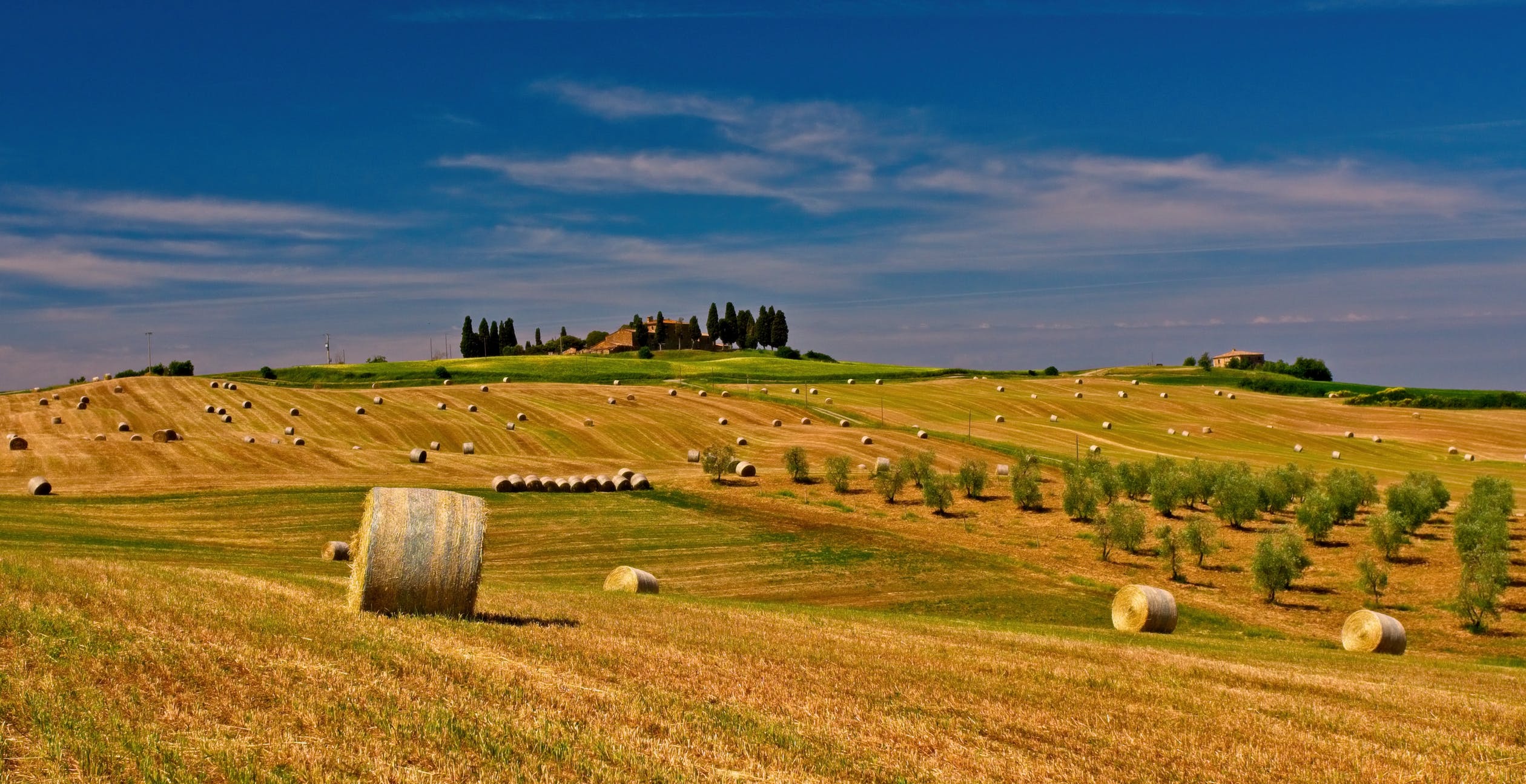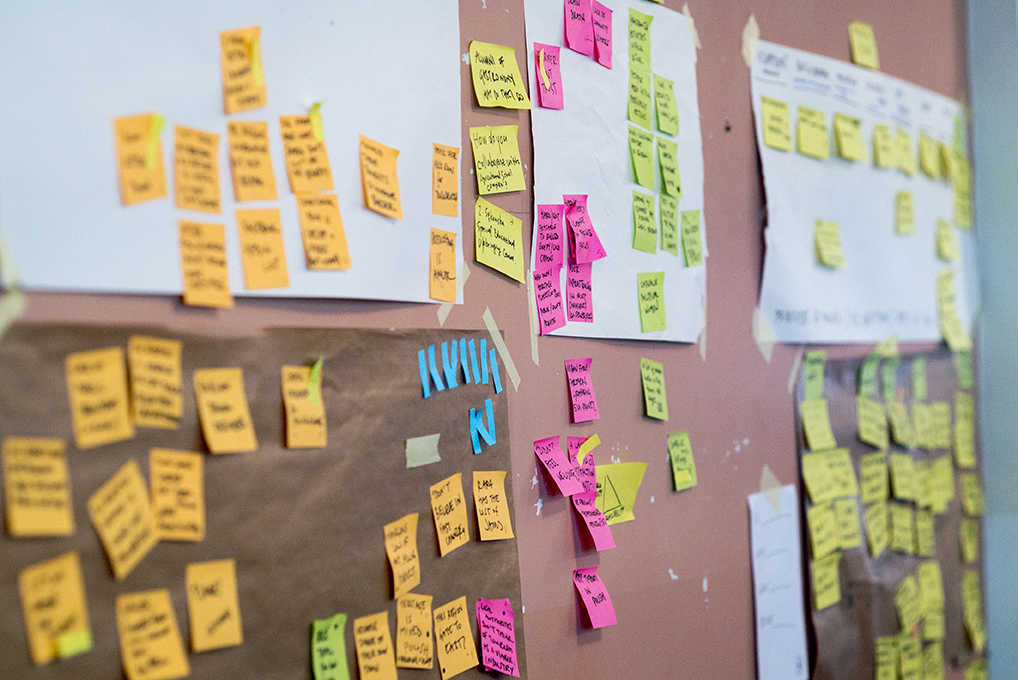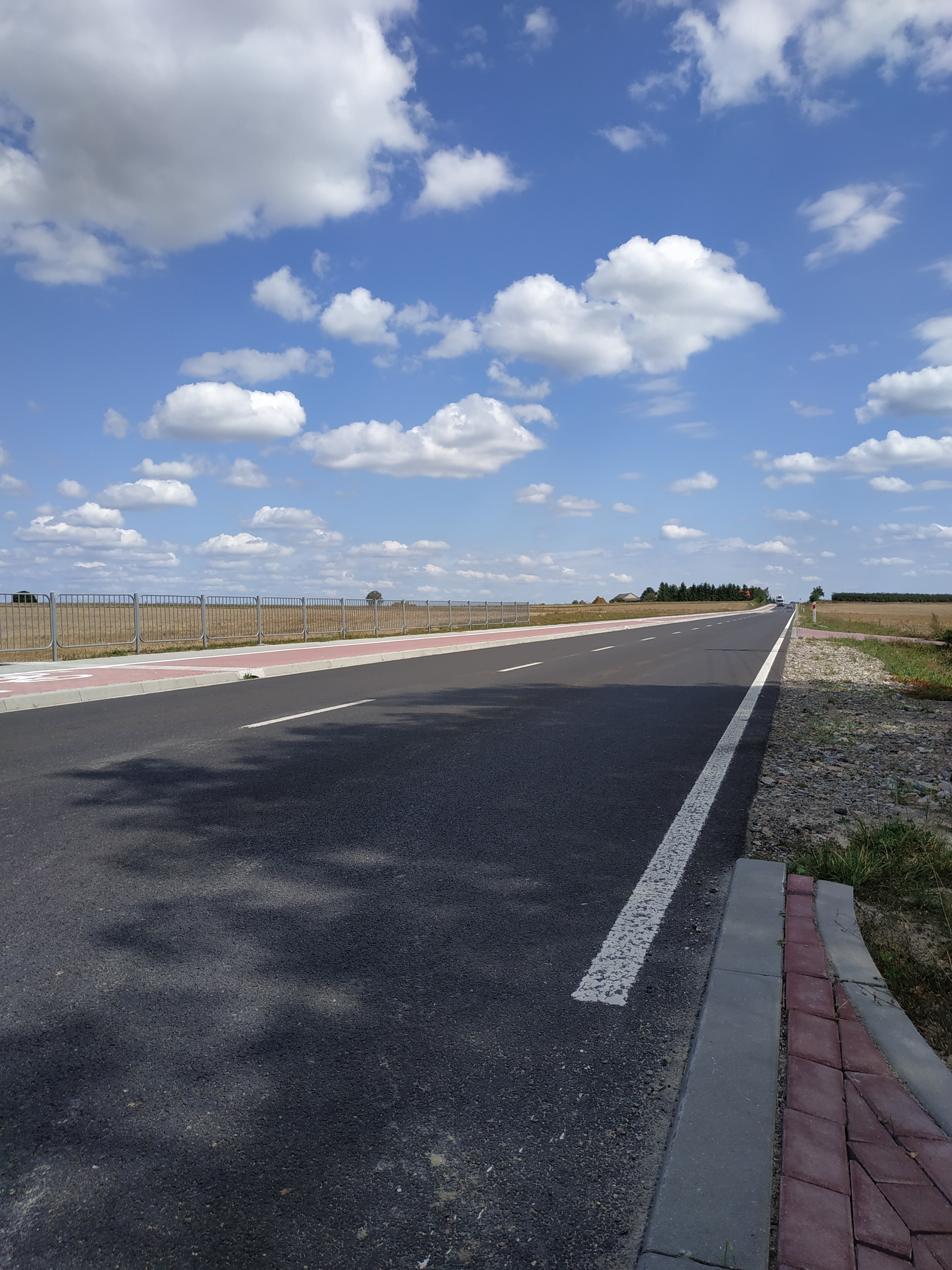Design for Community

This project is a part HOLIS Collective 2018 :
Designing the future of the countryside.
we will explore what are the challenges of rural Poland,
We will work with local businesses,
civil organisations and the public sector during summer
With expertise from different disciplines and focus on one thing:
how can we make the life of those who live in the Radzyń Podlaski County better?
Topic and Direction
Lubelskie (Lublin Voivodeship) is a known agricultural area called a food granary of Poland. A substantial share of utilized agricultural lands (1444 thousand ha) in the area of the voivodeship (70%) gives us the first position in the national ranking. It is one of the three regions in Poland with the best water conditions, soil quality, agro-climate and landform. Based on this potential, we believe that the project should solve a problem in are a of Agriculture and Distribution Channel
 food granary of Poland
food granary of Poland
Research
After working on primary research, we got an opportunity to interview with local stakeholder: from the government, farmers, and NGO that acts as the agent of change in the Radzyn Podlaski Region. Most of the conversation is conducted in Polish, and it’s a challenge to fully hand the trust to the translator, and also extracting insight from language that you are not familiar with.

We found that small-farmer is having a lot of problems to sell their product, because of limitation of quality, a variety of product, (while the polyculture is still practised), and also flexibility (as most of them have multiple jobs). But their produce plays an important role in preserving local food heritage in the region. The farmer may sell goods within their villages but, selling them in another town will require legal permission and a lot of paperwork.
In the next day, we deepen the research with field observation, including a visit to a small farm, interviewing people that involved I local product distribution channel, and understanding customer/buyer preference when shopping domestic product.
After that we try to find the friction and also the aspiration from 3 key stake holder



Ideation
How might we help small farmer sell their product more effectively?

from the question, we create almost one hundred ideas and dot voting to choose one that we feel strongly about.

In the field, we received information that the county just opened a new bike trail (the blue trail) to attract more tourist,. Currently, the path is not provided with any pit stop shop and we identified this trail as an opportunity to not only help local farmer sell their product but also for a visitor to access high-quality local product



Final Solution
SMAKI POWIATU
Taste of the Region is a new market conceptthat sells local products wiith flexible system,
ulitizing bike trail in the region

System Design
One Farmer, One Box
Unlike the traditional system where the farmer is expected to supply product consistently, and also charge percentage from revenue generated. SMAKI using a flexible system where farmer received one box that they can fill with anything they want, depend on the product availability of the day.
The system also uses a fixed-minimum pricing system where the farmer pay a minimum fixed rate for one box, no matter how much
the revenue they generated from goods inside the box.
Testing the idea
The most important part of the grassroots design project is to have the idea tested and validated. Jeremiaz from my group magically built a simple stand from the material found nearby the farm in one night. We successfully approach two family farm and convince them to sell the product with the system.
within 3 hours the team manage to earn 80 zloty, which is sufficient to buy three decent meal for local standard
The idea also presented in the Final presentation of HOLIS, which inviting stakeholder, patner and villagers to come and gave feedback to the concept
The concept is well-accepted, people love the friendly graphic and visual, also some of them apparently never try the product we are introducing and really surprise with the quality. Overally we believe this is a succesfull design intervention.
Learning
If I should extract the most important lessons from this project :
Brainstorming outside is GREAT, really help to think outside the box.
who need a fancu indoor co-working space, where you can have a ‘brainstorming in the grass staring a the bright blue sky?
Trust the local, specially if you don’t s
Never assume anything. We can do massive curated information sources before, but the field fact will always surprise you.Never assume anything, you might come up with world most brilliant idea but the local just don’t like it, sometimes for unexplainable reason. User is always right.
Trying to listen more altough you don’t understand what they say
(and it is exhausting), it makes you care about the people and their problem
Push the project further— among the 6 team, we are the only one that test the concept in the real scenario! I’m very proud with the group motivation and hardwork!
More about the program :
HOLIS Collective
reflection article by organizer
HOLIS documentation
(special thanks for Julia for the wonderfule photograph!)

2018 © Soberry Team-HOLIS Collective
Jenny, Jeremiaz, Larasati, Cansu, Sylvia, Hitomi,
Archive ︎